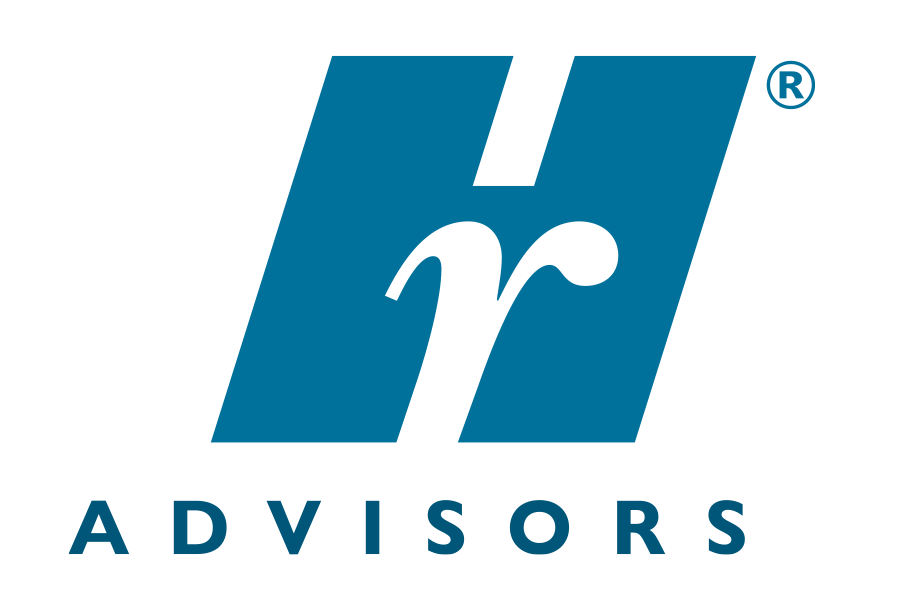DOL Issues Revisions to Families First Coronavirus Response Act
On September 11, 2020, the U.S. Department of Labor (DOL) issued revised regulations under the Families First Coronavirus Response Act (FFCRA) following a federal court’s decision that invalidated a number of regulatory provisions interpreting the FFCRA.
On August 3, 2020, a New York federal court in struck down four parts of the FFCRA’s final rule.
The work availability requirement that leave under the Emergency Paid Sick Leave Act (EPSLA) and the Emergency Family and Medical Leave Expansion Act (EFMLEA) are available only if an employer has work available for the employee from which leave can be taken.
The requirement that an employee must have employer approval to take FFCRA leave intermittently.
The definition of an employee who is a “health care provider,” who an employer may exclude from use of FFCRA leave.
The requirement that employees must provide their employers with certain notice and documentation before taking FFCRA leave.
In response, the DOL revised the regulations, which took effect on September 16, 2020. The revisions are:
Provides an amended definition of “health care provider” that is narrower than its original regulations to cover employees who are health care providers under the classic Family and Medical Leave Act (FMLA) definition, as well as other employees who are employed to provide diagnostic, preventive, or treatment services, or other services that are integrated with and necessary to the provision of patient care.
Diagnostic: Includes taking or processing samples, performing or assisting in the performance of x-rays or other diagnostic tests or procedures, and interpreting test or procedure results.
Preventive: Includes screenings, check-ups, and counseling to prevent illnesses, disease, or other health problems.
Treatment: Includes performing surgery or other invasive or physical interventions, prescribing medication, providing or administering prescribed medication, physical therapy, and providing or assisting in breathing treatments.
Integrated: Those services that are “integrated with and necessary to diagnostic, preventive, or treatment services and, if not provided, would adversely impact patient care, including bathing, dressing, hand feeding, taking vital signs, setting up medical equipment for procedures, and transporting patients and samples.”
Clarifies the timeline for when an employee must provide notice of the need for leave and supporting documentation.
Any documentation required under Section 826.100 need not be provided before leave begins, but rather may be given “as soon as practicable, which in most cases will be when the employee provides notice” of the need for FFCRA leave.
In situations where an employee seeks EFMLEA leave to care for a child whose school or place of care is closed, the employee must provide the employer with notice of leave as soon as practicable under the circumstances. If EFMLEA leave is foreseeable, such as in instances where the employee learns in advance that school will be closed, it is expected that the employee generally will provide notice before taking leave.
However, the DOL reaffirmed that EPSLA and EFMLEA leave may be taken only if the employer has work available from which an employee can take leave, and provides its reasoning why this precondition is critical.
Additionally, intermittent leave under FFCRA can only be taken with employer approval. The DOL’s new regulations now addresses administration of FFCRA leave when an employee’s child participates in hybrid learning in which schools operate on adjusted or alternating schedules. Each day of school closure “constitutes a separate reason for FFCRA leave that ends when the school opens the next day.” As a result, intermittent leave is not necessary on these occasions because the “school literally closes…and opens repeatedly.”
For additional guidance, please contact HR Advisors.
